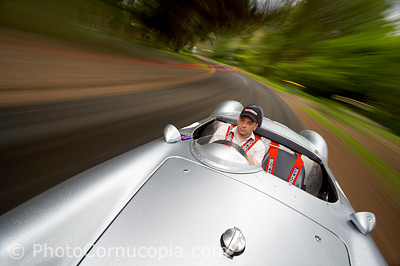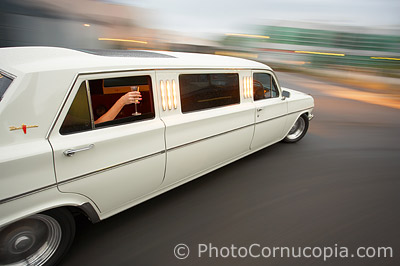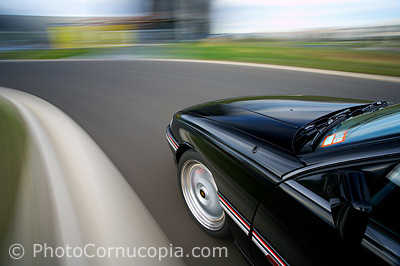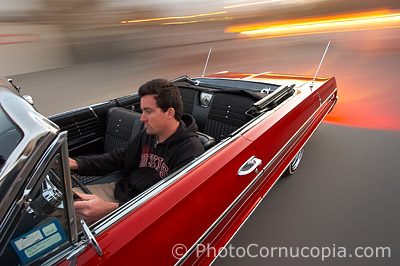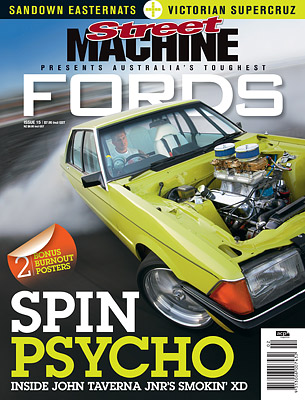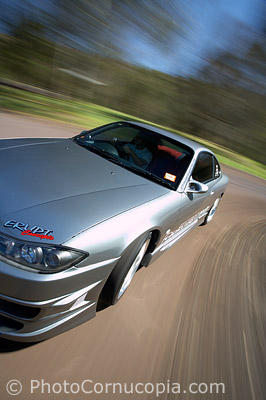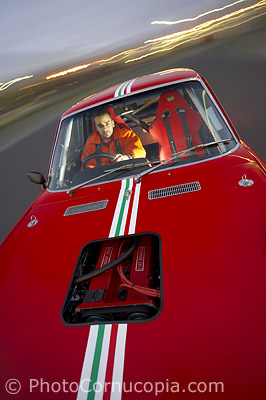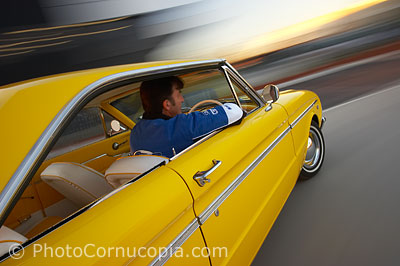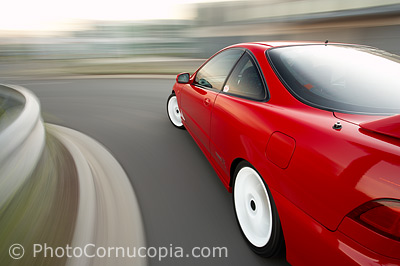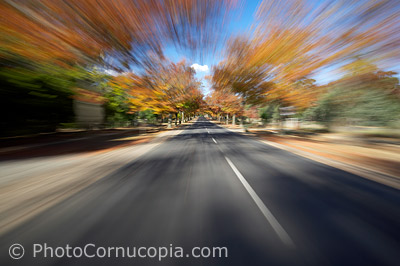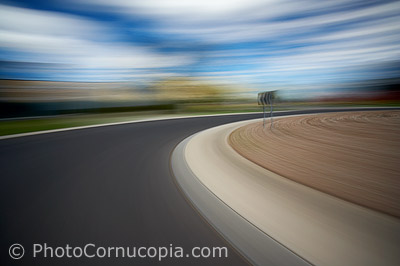|
||||||||||||||||||||||
Why is composition for a rig shot any different to any other car image? A strong rig shot should have all the qualities of any strong image. A poor rig shot is often no more interesting than a good pan or tracking shot. Sometimes all they do is show the car in action but without the limitations of pan or tracking shots, ie with much longer exposures possible with rig shots. If that's all you want to achieve then maybe you're setting your sights too low and it might just be easier to shoot panning or tracking shots anyway, albeit at shorter exposures.
A sharp car with lots of background blur isn't really enough to make an image stand out. Preferably it should be telling a story or maybe portraying something of interest. The background should be recognizable and meaningful and the car might need to 'pop' from the background so that it stands out, rather than blending into it. The car should be in context and it should be doing something, not just going around in circles in a car park! Have you seen enough rig shots of cars in car parks? Depending on
the rig that you use you might even be forced to regularly position the
camera in similar ways so finding interesting ways to shoot a rig shot
is far more challenging than a normal static automotive image. This is
where locations can help, especially if you can incorporate enough of
the location such as a bend in the road into the shot. Locations can
also improve composition by adding background elements that blur
significantly, instead of not at all such as a clear sky.
The location you choose should also be determined by the look or image you want to achieve. Maybe you want the car to be seen going through a leafy bend on a country road, a corner on a race track (with ripple strip in foreground), a dead front/rear shot down an alley, the list is endless. The direction of the sun or light will also need to be considered. Often the ideal location is only ideal at a certain time of day so make sure you are ready when you need to be. A compass can be handy when location scouting, as well as knowing where the sun rises or sets, so that you can be certain about the direction of the light and how it interacts with that specific location.
Once the broad style or look is chosen you need to consider the little things that make all the difference to the final image. It helps to choose locations which are on enough of an incline that the car can roll on it's own at a gentle speed. This prevents you having to push it! Locations which are a bend on a slight incline are often ideal, preferably with tall backgrounds, trees or buildings, so that there is something in the background which can actually blur. A background with nothing in it can not blur and is often a poor choice for a rig shot. However, it's also very easy to Photoshop (clone) out the rig if it is against a plain simple background, like a sky, than it is to Photoshop it out of a complex background or a curved foreground such as when the rig is mounted under a car and the car is travelling around a corner. Look for road surfaces which are very smooth and preferably without joins or cracks which can cause vibration. Even small pebbles can cause vibration so if possible try to clear these away. You can some times scatter leaf litter, or similar fine matter, on the road surface because it will blur during the rig shot and add interest to the road surface, avoiding a dark featureless blur as can often occur with the road surface.
Rigs can also be used to
create plates or backgrounds for stock use, such as the images above. |
||||||||||||||||||||||
